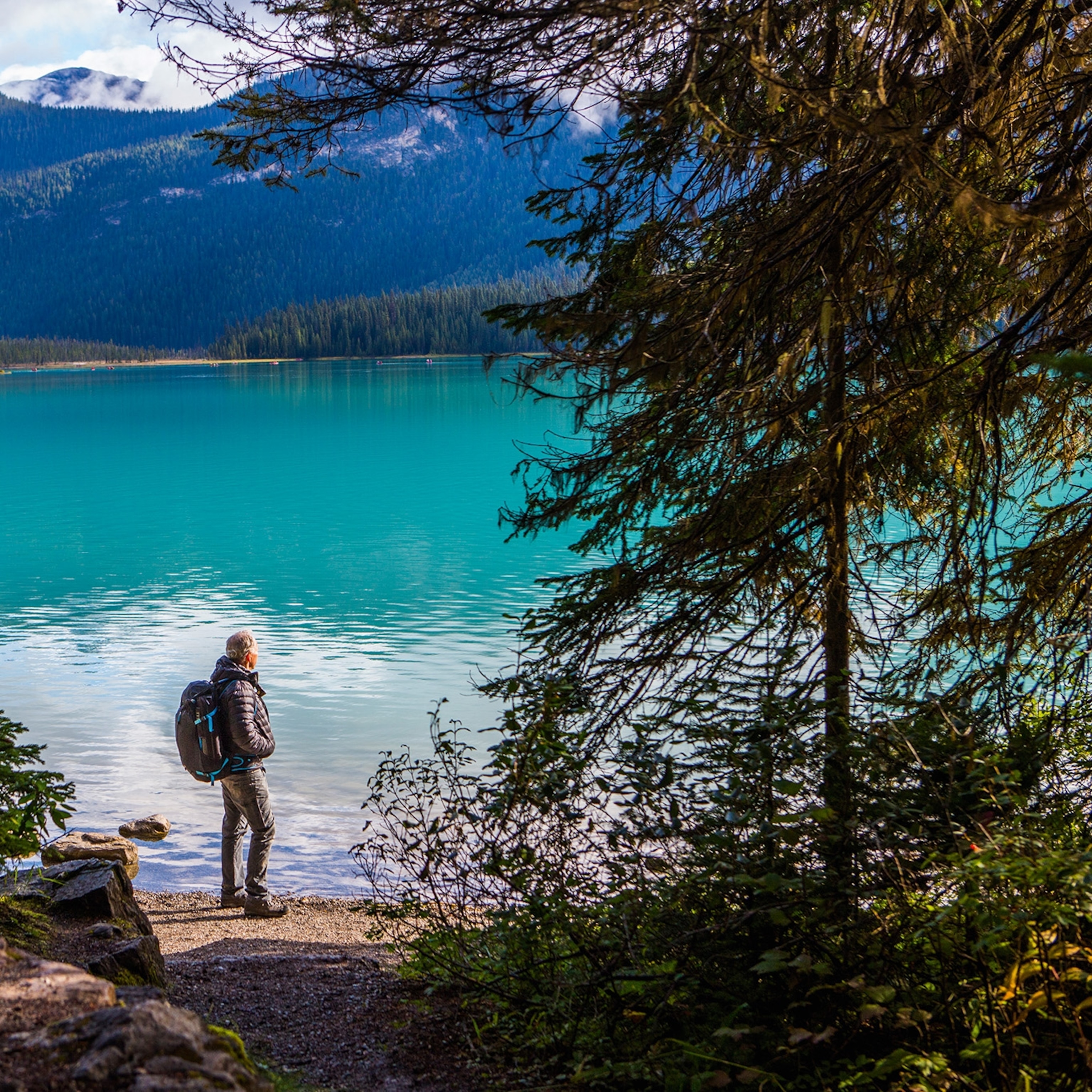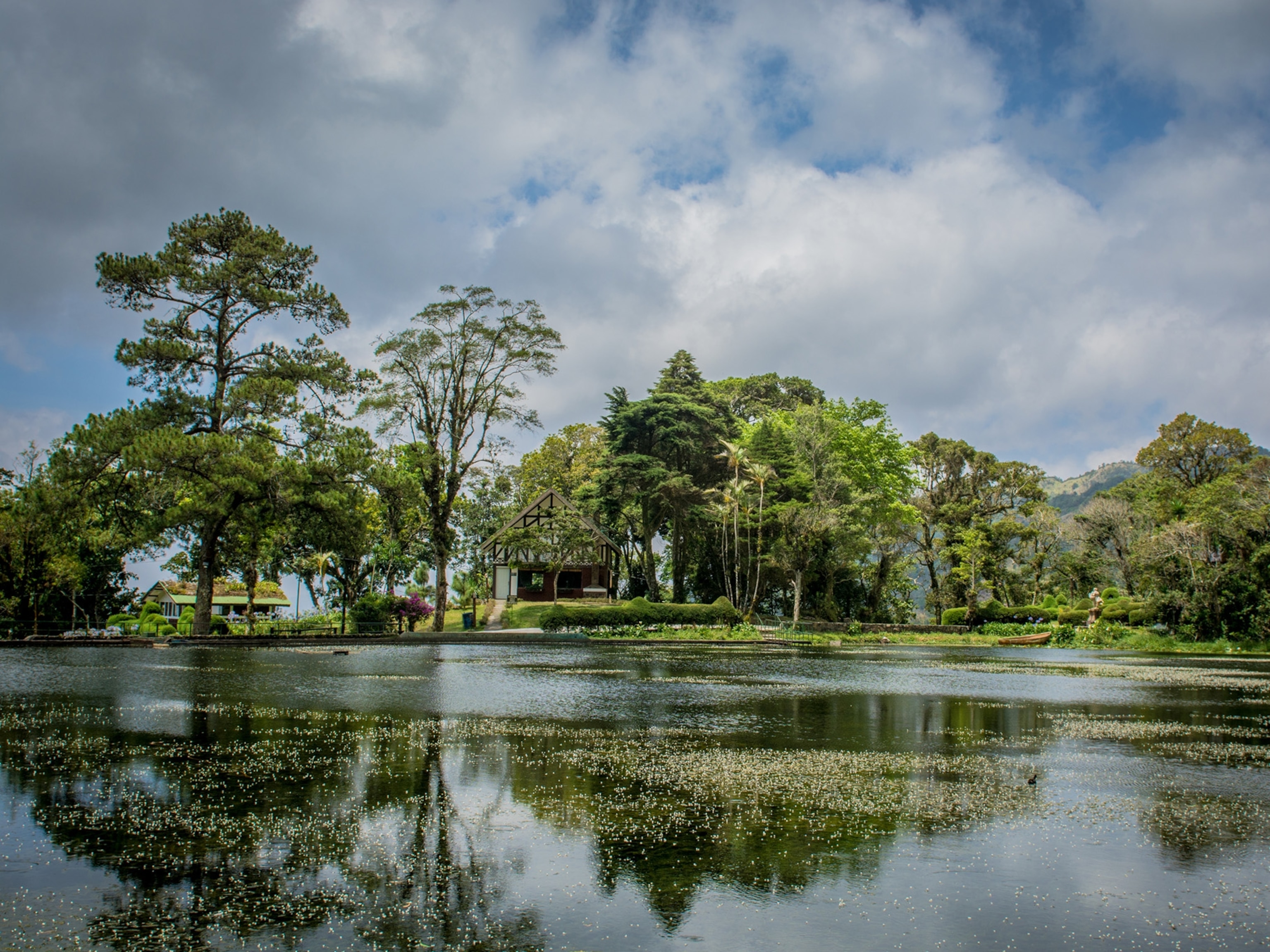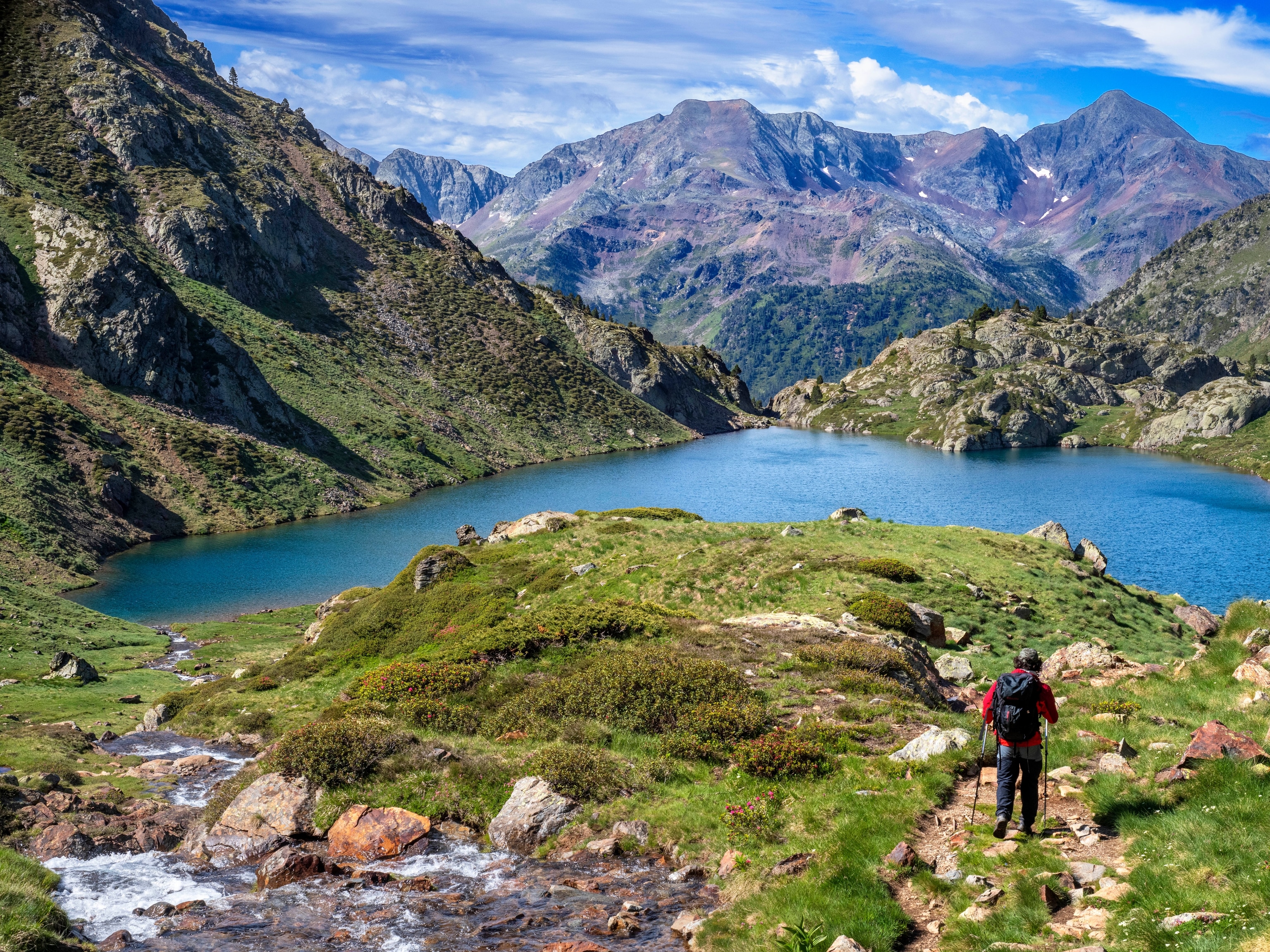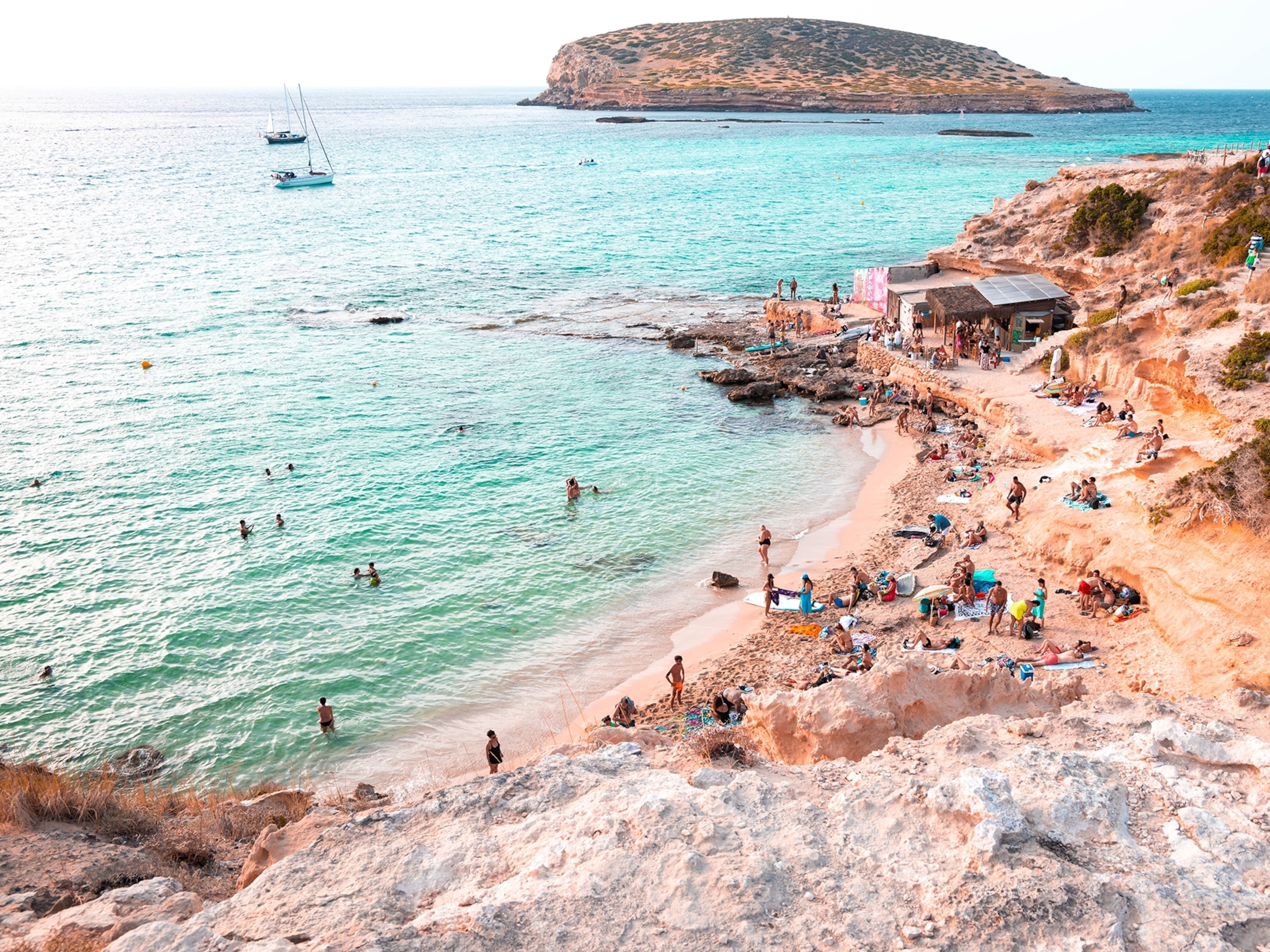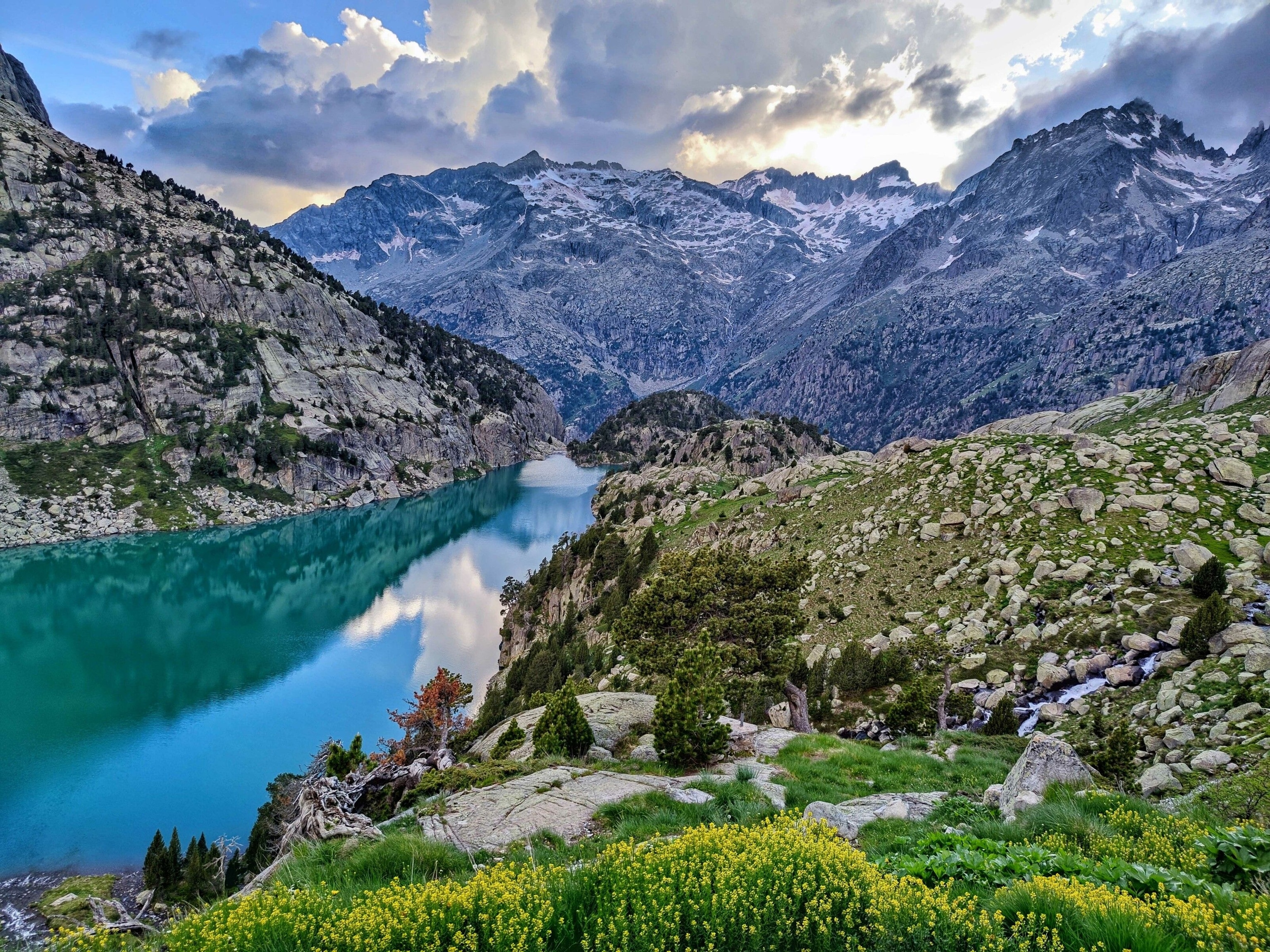
Take a hike through history in the Catalan Pyrenees
Experience the best of the Pyrenees on the GR1 hiking route, taking in everything from Roman ruins and medieval villages to epic natural parks and spectacular mountains.
With its soaring, rocky peaks and mountain pastures, Spain’s northeastern region of Catalonia is home to one of the most stunning sections of the Pyrenees. The area is bursting with year-round activities — from biking to skiing — but to best experience their magical, snow-covered landscapes, quiet spring forests, fresh summer air or vibrant autumn colours, it’s best to leave the car behind and head out on foot.
For first-timers, the GR1 hiking route (also known as the Sendero Historico meaning ‘historic trail’) is the ideal place to start. This transversal route reaches inwards from the shores of the Costa Brava up into the foothills of the Pyrenees, following the soaring summits all the way to the border with the Aragón region and beyond to Asturias. The Catalan section of the trail is made up of 25 stages, each taking three to four hours to complete. It’s a gentle route, suitable for hikers of any ability but particularly suited to those who want to combine their hiking with cultural and gastronomic experiences. The whole route can take around two to three weeks to complete, or you can sample different sections during several day trips.
Whichever you choose, you’ll enjoy the friendly hospitality of the Catalan Pyrenees, with a wide range of restaurants and accommodation available, from rural homes and hotels to great-value campsites and mountain shelters. Here, you can sample some of the area’s most delectable cuisine, from rustic stews to innovative gastronomic dishes at high-end eateries, all washed down with a fantastic local wine or craft beer.
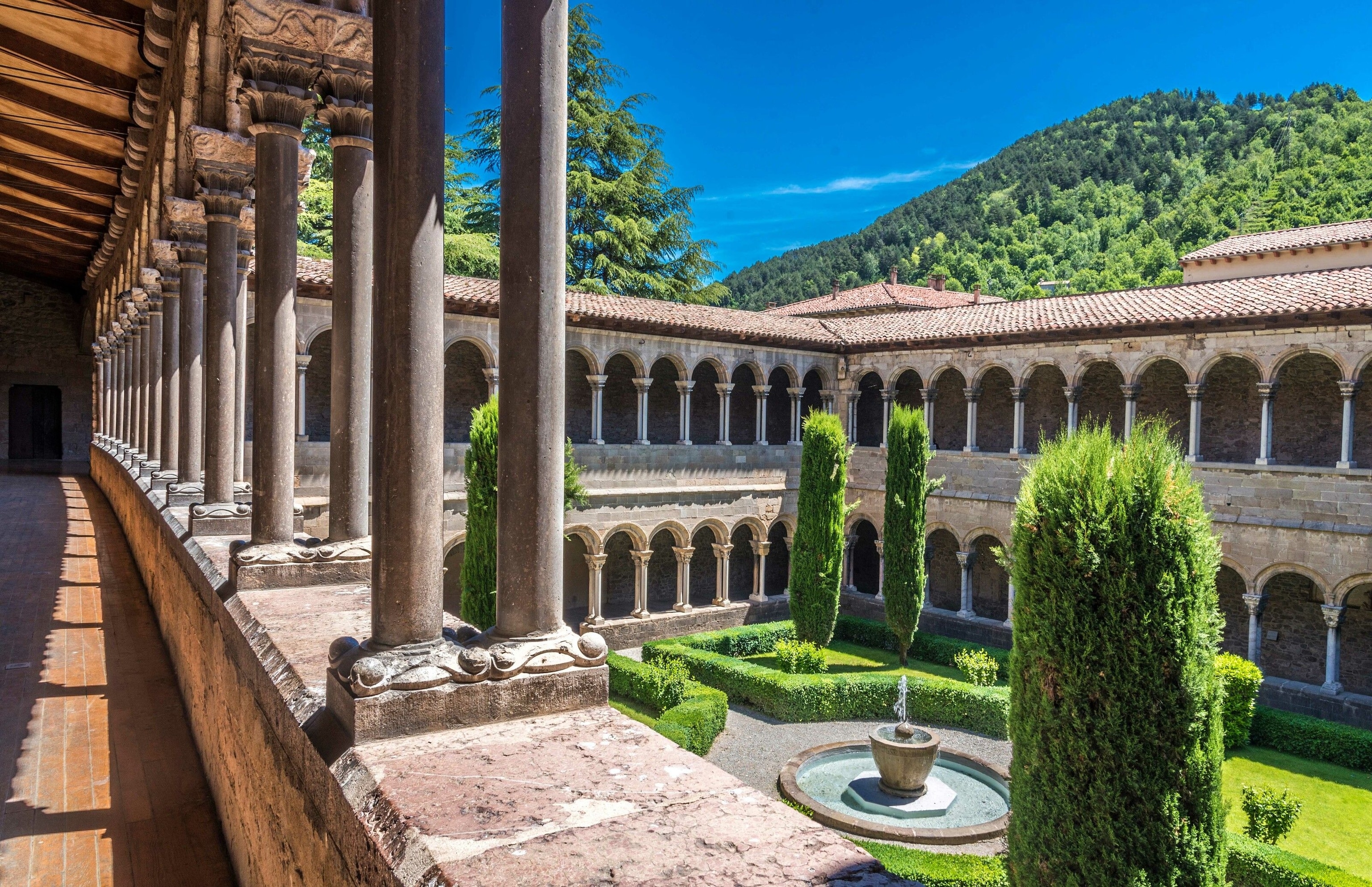
How to hike the GR1
The GR1 begins on Spain’s northeastern coast, at the medieval village of Sant Martí d'Empúries. The village is aptly named because of its proximity to the ruins of Empúries, a sixth-century settlement that includes the remains of both Greek and Roman architecture and provides a fascinating insight into the history of the region. From here, you’ll leave the mountains behind for a short time as you hike inland to Lake Banyoles, where you can swim with ducks in summer and go boating throughout the cooler months. Just north of the lake lies one of the most picturesque towns on the trail — medieval Besalú, where a majestic, fortified Romanesque bridge welcomes visitors to its cobbled streets and cosy restaurants.
The trail then heads up into Garrotxa, a hiking area with rich biodiversity and volcanic landscapes, before climbing ever higher into the Pyrenees themselves. Here you can take a well-earned break at the historic town of Ripoll, known for its Santa Maria Benedictine monastery. Founded in the ninth century by Guifré el Pilós — a medieval knight also known as Count Wilfred the Hairy — the monastery is famous for its intricate, 12th-century Romanesque facade and significant position in Catalan history. Wilfred the Hairy is often credited with uniting the areas of Catalonia into one independent region. It's said that when Wilfred was injured in one particular battle, his blood was wiped across his golden shield, creating what would become La Senyera, the Catalan flag — a yellow banner featuring four red stripes.

Continuing the GR1 route, you’ll head north through quaint Pyrenean hamlets, green meadows and dense forests to the lush Vall d’Ora, where huge, rocky outcrops rise above mountain rivers and waterfalls. You’ll then enter the province of Lleida, passing the Port del Comte ski resort, a fantastic, high-altitude destination for those looking to hit the slopes in the winter months.
The Catalan side of the GR1 ends on a spectacularly dramatic note near the Mont-Rebei canyon, where impossibly blue water is framed by narrow gorges and rock faces. Take in the views from the path carved into the ravine’s steep walls or take to the water in a kayak — all the while keeping your eyes peeled for golden eagles and bearded vultures soaring overhead.
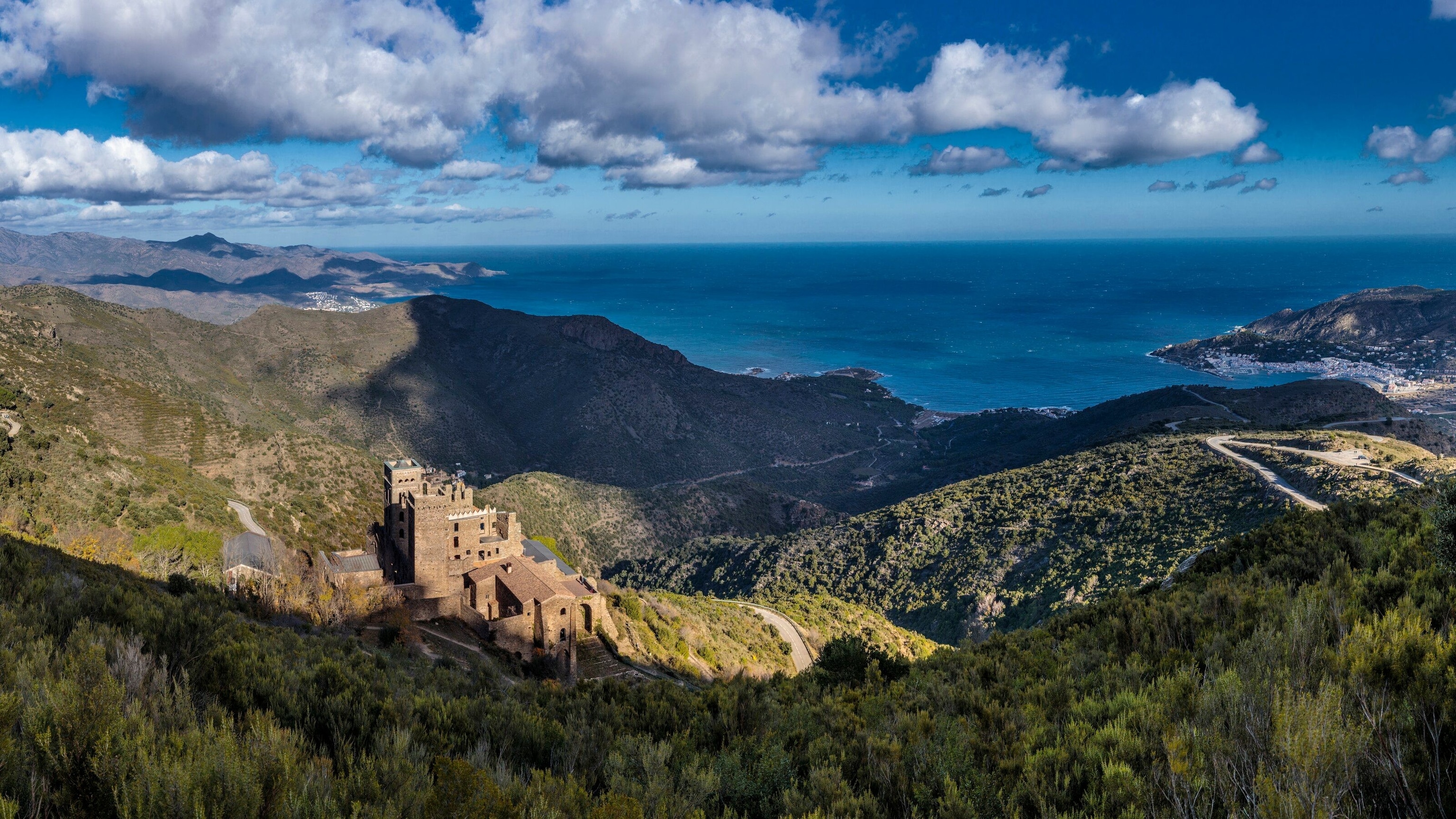
Explore an expert alternative
Experienced hikers keen to take on a challenge should also consider the GR11 Trans-Pyrenean route — the Senda Pirenaica — which winds along the high Pyrenees some 500 miles from Costa Brava’s Mediterranean coast all the way to the Cantabrian Sea, at the very edge of Spain’s Basque Country. A mountainous route with steep ascents and dramatic descents, this expert trail is accessible from spring through to late autumn. It’s well worth the effort too, as you are rewarded with some of the most spectacular Pyrenean landscapes across northern Catalonia and Andorra, from the otherworldly landscapes that inspired Salvador Dalí in Cap de Creus, to the region’s only national park — Aigüestortes i Estany de Sant Maurici — a beautifully rugged area speckled with mountain lakes.
Plan your trip
The closest airport to the trail is Girona, which is served by a number of low-cost airlines from the UK. Alternatively, you can fly to Barcelona airport, from where you can catch a train to Girona. From Girona there’s a direct bus to Sant Martí d'Empúries (around 1hr 25 mins) and the start of the route. Transport, accommodation and tailor-made experiences can be booked though a number of local operators.
For more information, go to visitpirineus.com
Follow National Geographic Traveller (UK) on social media
Twitter | Facebook | Instagram
